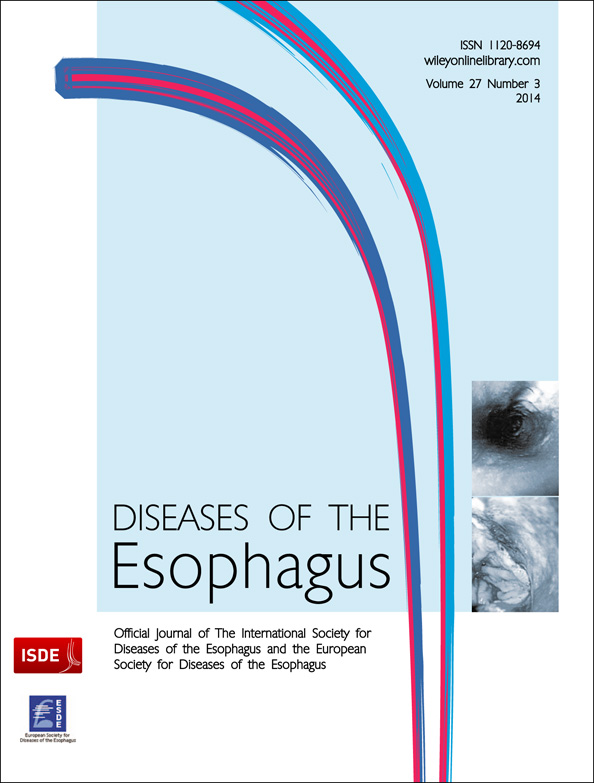Relationship between clinical factors and severity of esophageal candidiasis according to Kodsi's classification
Summary
Severe Candida esophagitis (CE) may lead to development of strictures, hemorrhage, esophagotracheal fistula, and a consequent decrease in quality of life. Although the severity of CE has been classified based on macroscopic findings on endoscopy, the clinical significance remains unknown. The aim of the study was to elucidate the predictive clinical factors for endoscopic severity of CE. Patients who underwent upper endoscopy and answered questionnaires were prospectively enrolled. Smoking, alcohol, human immunodeficiency virus (HIV) infection, diabetes mellitus, chronic renal failure, liver cirrhosis, systemic steroids use, proton pump inhibitor use, H2 blocker use, and gastrointestinal (GI) symptoms were assessed on the same day of endoscopy. GI symptoms including epigastric pain, heartburn, reflux, hunger cramps, nausea, dysphagia, and odynophagia were assessed on a 7-point Likert scale. Endoscopic severity was classified as mild (Kodsi's grade I/II) or severe (grade III/IV). Of 1855 patients, 71 (3.8%) were diagnosed with CE (mild, n = 48; severe, n = 23). In the CE patients, 50.0% (24/48) in the mild group and 23.1% (6/23) in the severe group did not have any GI symptoms. In HIV-infected patients (n = 17), a significant correlation was found between endoscopic severity and declining CD4 cell count (Spearman's rho = −0.90; P < 0.01). Multivariate analysis revealed that GI symptoms (odds ratio [OR], 3.32) and HIV infection (OR, 3.81) were independently associated with severe CE. Patients in the severe group experienced more epigastric pain (P = 0.02), reflux symptoms (P = 0.04), dysphagia (P = 0.05), and odynophagia (P < 0.01) than those in the mild group. Of the GI symptoms, odynophagia was independently associated with severe CE (OR 9.62, P = 0.02). In conclusion, the prevalence of CE in adults who underwent endoscopy was 3.8%. Silent CE was found in both mild and severe cases. Endoscopic severity was associated with characteristic GI symptoms and comorbidity of HIV infection. A decline in immune function correlated with CE disease progression.




